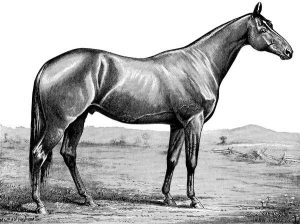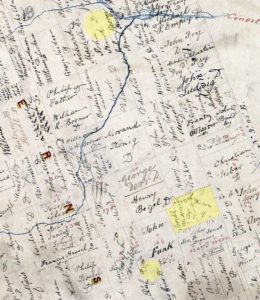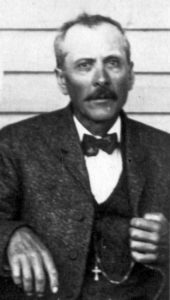As a history buff I’ve seen hundreds of photos of death and destruction and often thought how people at the time could let that happen. This photo is almost as overwhelmingly visceral to me and I fear it will define my era. On the right is a portrait of Charles Sumner, an abolitionist nearly killed on the Senate floor after making an anti-slavery speech. On the left is a portrait of John Calhoun, a staunch advocate of slavery who helped craft the South’s insurrection. In the middle is Kevin Seefried, 51 years old, of Laurel, Delaware. After 156 years, he succeeded in flying this symbol of racist rebellion in the Capitol of the United States of America. More than 430,000 men died to help prevent what Kevin Seefried did in one afternoon, with little effort.
In another 156 years, if there is an America, will they see this photo and say how could I let that happen? To the future I say, I’m sorry. When my fellow citizens made innocuous comments about rigged elections and conspiracy theories, I remained silent, because after all they are entitled to their opinion. But my silence perpetuated the lies, and they snowballed to the point they became their truth. What becomes the truth about an era may not have started as the truth.
But what can one person do to change the course of history as it is happening? Nothing but a thousand little things said and done, here and there. None, or maybe one of these, may ever effect change. I guarantee there were people back then who said, how can this be happening. I cannot hear their voices now, but the truth they thought nobody heard eventually prevailed, at least in some form. And certain of those who will see this photo in a dusty old archive will understand that too. So to the future I also say, thank you. Thank you for not judging me too harshly. If not truth, then the spirit of truth, will survive eventually.

















 My autosomal DNA test results indicate I’m 98% European, which is further broken down to 49% British Isles, 36% East Europe, 9% Iberia and 4% Scandinavia. The remaining trace 2% is either Southeast Europe or simply “noise,” which is unexplained variations in the data.
My autosomal DNA test results indicate I’m 98% European, which is further broken down to 49% British Isles, 36% East Europe, 9% Iberia and 4% Scandinavia. The remaining trace 2% is either Southeast Europe or simply “noise,” which is unexplained variations in the data. I would like to take this opportunity to recognize Magdalena Voisin. She helped me find Joseph and Anne Voisin, who were my ancestors, and quite possibly my great great-grandparents. She provided such a big clue for a little girl only eleven years old. You see, she was born about 1841.
I would like to take this opportunity to recognize Magdalena Voisin. She helped me find Joseph and Anne Voisin, who were my ancestors, and quite possibly my great great-grandparents. She provided such a big clue for a little girl only eleven years old. You see, she was born about 1841.




